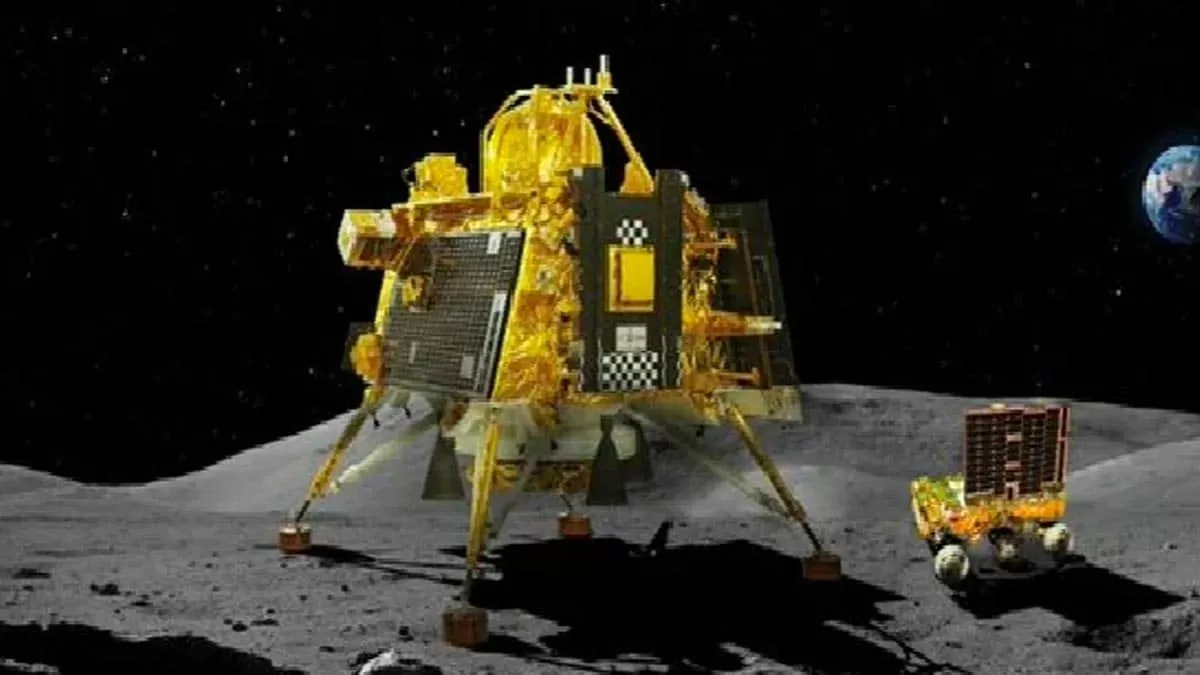SOURCE: AFI

The Indian Space Research Organisation (ISRO) has announced a two-phase launch strategy for its upcoming Chandrayaan-4 mission, aimed at returning lunar samples to Earth. This ambitious endeavor marks a significant step forward in India’s space exploration program.
ISRO Chairman S. Somanath revealed on Wednesday that Chandrayaan-4 will not be a single launch but rather a meticulously planned two-part mission. The spacecraft will be divided into separate modules, each launched individually. Once in orbit, these modules will be meticulously assembled to form the complete Chandrayaan-4 spacecraft before its journey to the Moon.
this approach offers several advantages:
- Reduced Launch Vehicle Strain: Dividing the spacecraft allows ISRO to utilize existing launch vehicles, potentially reducing the strain on a single, more powerful rocket.
- Mission Flexibility: A two-phased launch provides greater flexibility during the mission. If an issue arises with one module during launch, it can be addressed without jeopardizing the entire spacecraft.
- Technological Advancement: This complex operation allows ISRO to demonstrate its expertise in orbital assembly, a crucial skill for future deep space missions.
The successful execution of Chandrayaan-4 will be a watershed moment for India’s space program. It will not only fulfill the objective of returning lunar samples but also showcase India’s growing capabilities in spacecraft design, launch operations, and orbital maneuvers.pen_spark